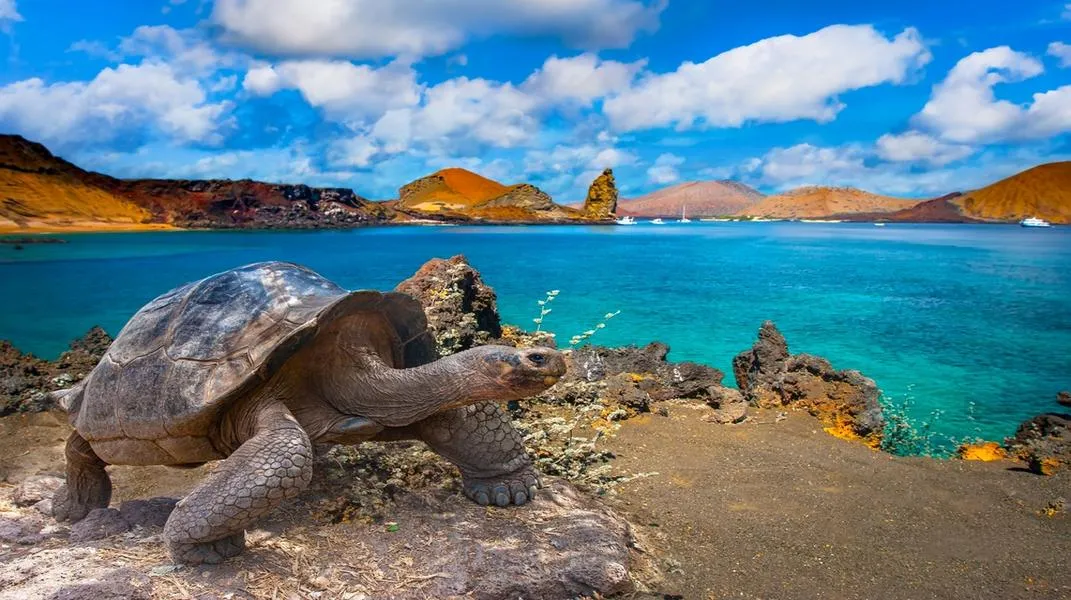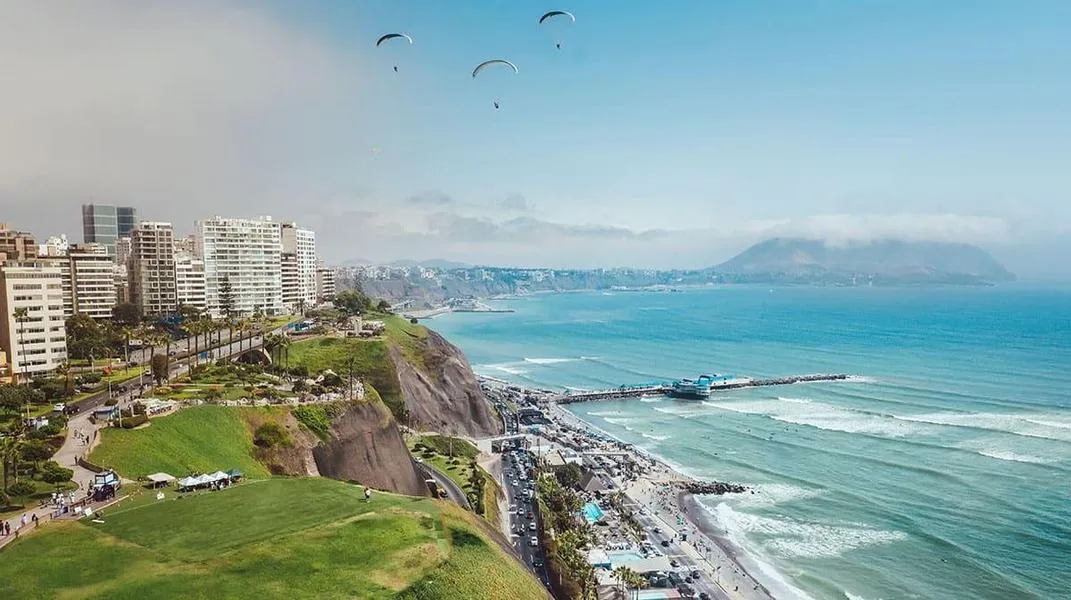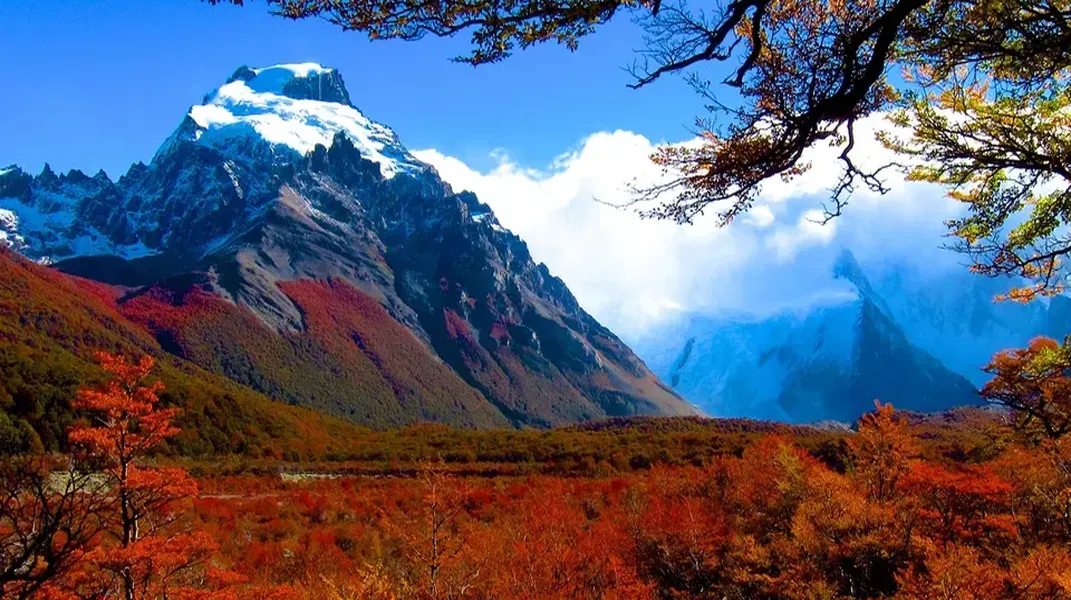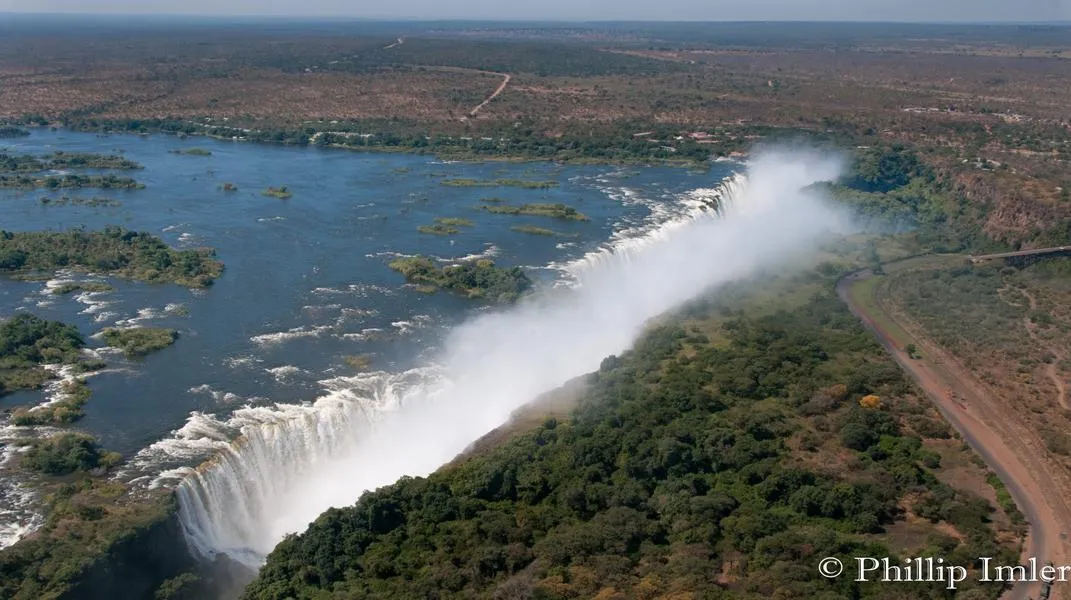Discovering the Galapagos Islands: A Unique Tourist Attraction
The Galapagos Islands, an archipelago of volcanic islands in the Pacific Ocean, are one of the most remarkable destinations in the world. Located about 600 miles west of Ecuador, this UNESCO World Heritage site is renowned for its unique biodiversity, stunning landscapes, and historical significance in the field of evolutionary biology. This article will delve into the attractions that make the Galapagos Islands a must-visit destination, as well as the essential preparations and materials you need for a successful trip.

A Brief Overview of the Galapagos Islands
The Galapagos Islands are comprised of 13 main islands, 6 smaller islands, and numerous islets and rocks, all formed from volcanic activity. The archipelago is home to a plethora of wildlife, much of which is endemic, meaning it is not found anywhere else in the world. The islands are famous for their role in Charles Darwin’s theory of evolution by natural selection, as he observed various species adapting to their environments during his visit in 1835.
The islands are characterized by their diverse ecosystems, ranging from arid landscapes to lush highlands, each supporting unique wildlife. Among the most iconic species are the Galapagos giant tortoises, marine iguanas, blue-footed boobies, and the flightless cormorant. The archipelago is also a UNESCO Biosphere Reserve and continues to be a focus for conservation efforts.
Attractions of the Galapagos Islands
1. Unique Wildlife
One of the main attractions of the Galapagos Islands is the opportunity to observe the diverse and unique wildlife up close. The islands are home to numerous species that are not found anywhere else on the planet. Visitors can expect to see:
- Galapagos Giant Tortoises: These tortoises can weigh over 500 pounds and live for more than 100 years. They are often seen in their natural habitat on Santa Cruz Island.
- Marine Iguanas: The only lizard in the world that swims, marine iguanas are famous for their ability to forage in the ocean for algae and seaweed.
- Blue-Footed Boobies: Known for their distinctive blue feet, these birds perform elaborate courtship dances that are a delight to witness.
- Darwin's Finches: These small birds played a crucial role in Darwin's studies of evolution, and with 13 different species across the islands, they are a prime example of adaptive radiation.
- Sea Lions: Playful and curious, sea lions can be found lounging on beaches and swimming alongside snorkelers.
2. Snorkeling and Diving
The waters surrounding the Galapagos Islands are rich in marine life, making them a hotspot for snorkeling and diving. The diverse underwater ecosystem includes colorful fish, sea turtles, rays, and even the occasional shark. Popular spots for underwater exploration include:
- Devil's Crown: A submerged volcanic crater with an abundance of marine life, ideal for snorkeling.
- Kicker Rock: A famous diving spot known for its stunning rock formations and diverse marine species.
- Gardner Bay: A tranquil beach area where visitors can snorkel with sea lions and colorful fish.
3. Hiking and Exploration
The Galapagos Islands offer numerous hiking opportunities for those who want to explore the diverse landscapes. Trails vary from easy walks to more challenging hikes, providing a chance to see the unique flora and fauna of the islands. Popular hiking destinations include:
- Sierra Negra Volcano on Isabela Island: The hike to the rim of this active volcano offers breathtaking views and the chance to see giant tortoises along the way.
- Lava Tubes on Santa Cruz Island: Explore the underground caves formed by flowing lava, showcasing the geological history of the islands.
- The Highlands of Santa Cruz: A unique ecosystem featuring lush vegetation, giant tortoises, and stunning vistas.
4. Cultural Experiences
While the Galapagos Islands are primarily known for their natural attractions, visitors can also immerse themselves in the local culture. The communities on the islands are small but vibrant, with a rich history tied to whaling, fishing, and conservation. Opportunities for cultural experiences include:
- Visiting Local Markets: Explore the markets on Santa Cruz Island or San Cristóbal Island for local crafts, produce, and traditional foods.
- Learning about Conservation Efforts: Many organizations in the Galapagos are dedicated to preserving the unique ecosystems. Visitors can participate in educational programs or volunteer opportunities.
- Historical Sites: Learn about the islands' history by visiting sites such as the Charles Darwin Research Station, which plays a crucial role in conservation efforts.
5. Photography and Scenic Views
The Galapagos Islands are a photographer’s paradise. With dramatic landscapes, unique wildlife, and stunning sunsets, there are endless opportunities to capture breathtaking images. Notable spots for photography include:
- Lobos Island: Known for its sea lions and stunning coastal scenery.
- Tortuga Bay: A beautiful beach on Santa Cruz Island that offers picturesque views and opportunities for kayaking.
- Española Island: Home to dramatic cliffs and unique wildlife, perfect for capturing the essence of the Galapagos.
Preparing for Your Visit
To ensure a smooth and enjoyable visit to the Galapagos Islands, proper preparation is essential. Below are key materials and preparations to consider:
1. Travel Documents
- Passport: Ensure your passport is valid for at least six months beyond your planned return date.
- Visa: Most travelers do not require a visa to enter Ecuador for stays of up to 90 days, but check the requirements for your nationality.
- Galapagos National Park Entry Fee: Visitors must pay an entrance fee to the Galapagos National Park (approximately $100 for adults and $50 for children) upon arrival.
2. Health and Safety
- Vaccinations: Consult with a healthcare professional to determine necessary vaccinations before traveling to Ecuador and the Galapagos Islands.
- Travel Insurance: It’s advisable to have travel insurance that covers medical emergencies, trip cancellations, and lost belongings.
- Health Kit: Pack a basic health kit with essentials like band-aids, antiseptics, motion sickness medication, and any personal prescriptions.
3. Clothing and Gear
- Lightweight Clothing: The climate is generally warm, so pack lightweight, breathable clothing. Consider moisture-wicking materials for hiking.
- Swimwear: Essential for snorkeling, diving, and enjoying the beaches.
- Sturdy Footwear: Hiking shoes or sturdy sandals are necessary for exploring the islands.
- Rain Gear: Depending on the season (the wet season runs from December to May), consider packing a light rain jacket.
- Hat and Sunglasses: Protect yourself from the sun’s rays, as it can be quite intense.
4. Equipment
- Snorkeling Gear: While many tours provide snorkeling equipment, consider bringing your own mask and snorkel for comfort and hygiene.
- Camera and Binoculars: Capture the stunning landscapes and wildlife. Binoculars are especially useful for birdwatching.
- Reusable Water Bottle: Stay hydrated and help reduce plastic waste by bringing a reusable water bottle.
5. Cash and Payment
- Local Currency: The currency in Ecuador is the US dollar. It’s advisable to carry some cash for small purchases, tips, and local markets, as not all places accept credit cards.
- ATMs: While there are ATMs in the main towns, it’s wise to withdraw cash in larger amounts when available.
Conclusion
The Galapagos Islands are a treasure trove of natural beauty and unique wildlife, offering an unparalleled experience for travelers. From snorkeling with sea lions to hiking volcanic landscapes, the islands provide a diverse range of activities for all types of visitors. By preparing adequately and respecting the fragile ecosystems, you can ensure a memorable journey to this extraordinary destination. Whether you are an adventure seeker, a wildlife enthusiast, or simply someone looking to unwind in a stunning setting, the Galapagos Islands will leave you with lifelong memories and a deeper appreciation for our planet's natural wonders.




